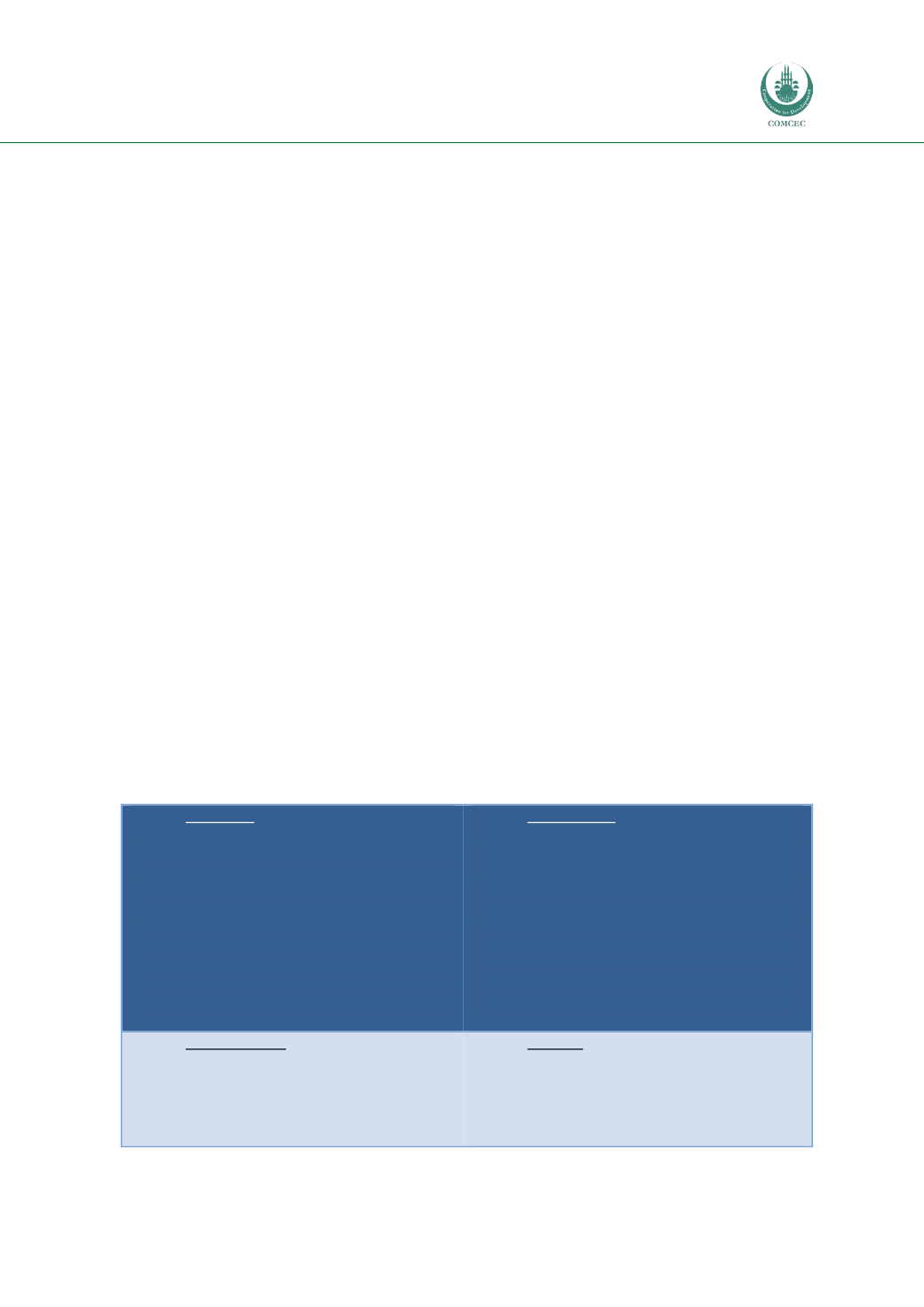

Urban Transport in the OIC Megacities
149
planning system and also in planning for land and housing in the country. As a result, informal
settlements on the fringe of the urban area have mostly formed around the Tehran’s three major
transportation corridors. The rigidity of the urban planning system in Iran to adapt to fast
demographic shifts, due to land use restrictions within the city and rigid municipal boundaries, and
the investments in infrastructure that are not commensurate with needs, have resulted in the spill
over of low income urban groups into the periphery, the un-serviced areas, or the rundown inner
areas of the cities. Poor access opportunities have an even more adverse impact on the less mobile
groups such as the elderly, the youth and the disabled (Zebardast, 2006).
It is noted that many low income households in Tehran do own cars which are old and poorly
maintained and not only do they serve as their only means of transport but also as a secondary source
of income offering unlicensed taxi services. This makes the situation even more complicated for the
local authorities who need provide further incentives to low income families to replace or properly
maintain their vehicles (Madanipour, 2006).
On the other hand, in terms of gender equality, planning authorities have been making efforts to
promote the role of women in transport service provision. A gender balance was maintained in
recruiting BRT bus drivers which helped promote equal opportunities and at the same time proved
that women drivers drive more responsibly and comply with road safety rules better than men in
many cases (Allen, 2013).
5.5.9.
Human dimension
The available data on street and public space accessibility in Tehran is very limited. It is suggested
that the overall increase in the accessibility and the improvements in public transport services overall
improve the human dimension of the city. In addition, a study assessing the access opportunities to
public spaces in various areas of Tehran showed that accessibility is variously distributed, but
surprisingly, higher for low income groups. It can be argued that poor households usually use the
nearest facilities to avoid transport costs, while high income groups prefer to travel farther distances
to stay away from crowded parks, schools and other public spaces. This also reflects the cultural need
for access to public spaces and interaction which may be more elevated among low income groups
(Lofti and Koohsari, 2009).
5.5.10. SWOT analysis
Strengths
Strong commitment to sustainability
Growing,
comprehensive
public
transport network
Political commitment to pursue
existing plans
Engagement of the private sector
funding in operations
Existing vision and elaborate plans for
the city
High cost of car ownership
Weaknesses
Lack of complete integration of private
bus operators
Remaining air quality problems
Remaining congestion
Existing car oriented infrastructure
and previous lack of integration
between transport and land use
planning
Imbalanced public transport supply
and demand
Opportunities
Changing perceptions of the public
regarding public transport
International recognition of efforts
Political stability
Threats
External influence of oil economy
Limited financial sources
Institutional lock in and refuse to
change
Cultural association of car with wealth

















